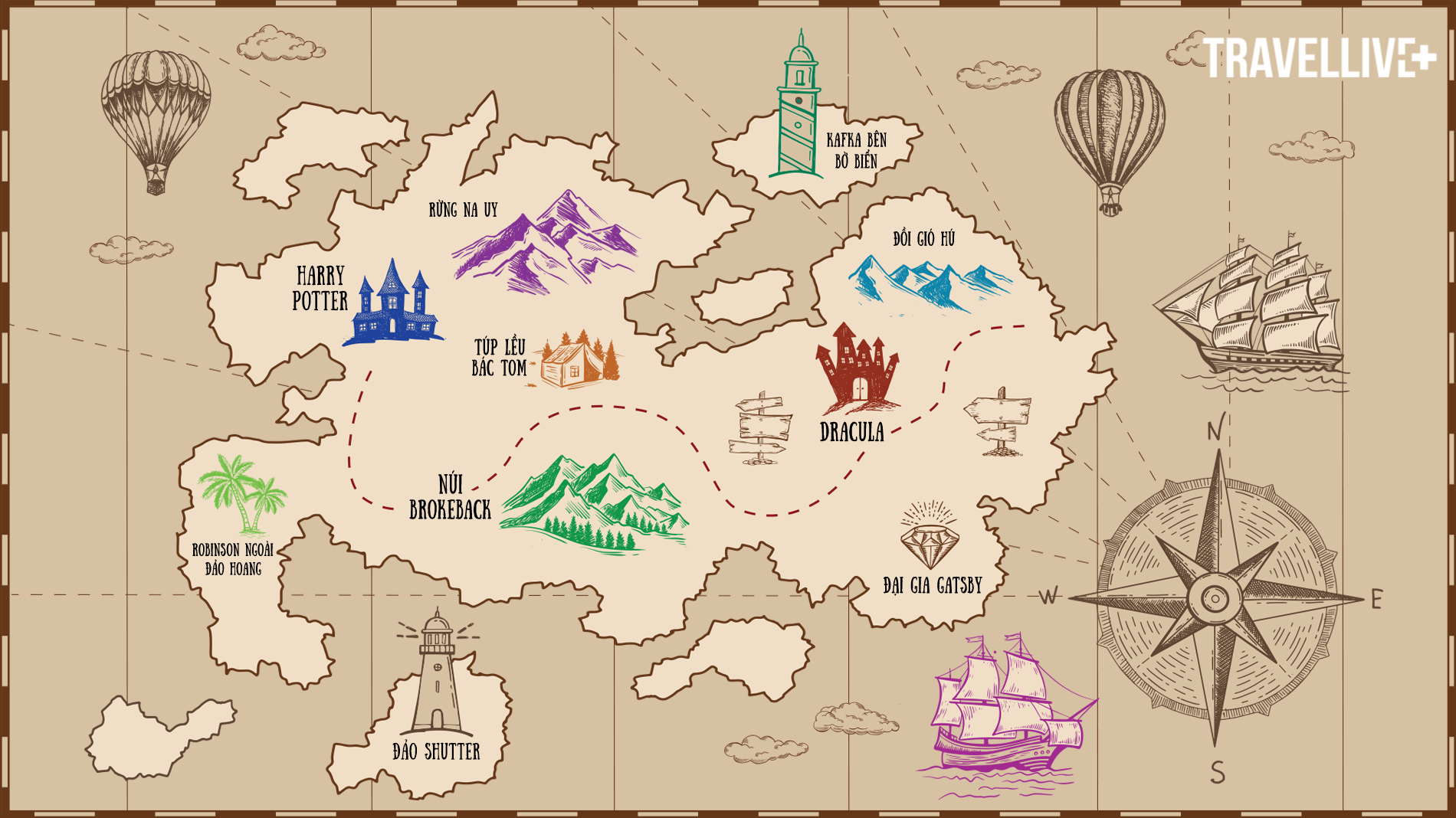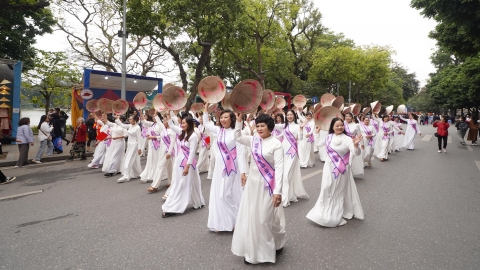There are many reasons why we decide to invest money and time in travel, and along with that there are countless choices of destinations to suit each need. In the flow of tourism, many people love to travel to the land of imagination, of inspiration and stories from the pages of books. So what is this travel trend?
Literary Tourism - Entering the World of Imagination
Literary Tourism is a form of travel to destinations associated with books or the life and work of literary authors. It could be a city that was the setting for a story or the place where the author was born, grew up or wrote.
So what attracts people to this form of tourism?
One of the unique features of literature is that it takes us on a journey without borders or time, in which language is the medium of transmission. It opens up a vast world of imagination, and that in turn arouses a simmering curiosity, urging people to explore and answer the question: is reality different from what the mind paints?
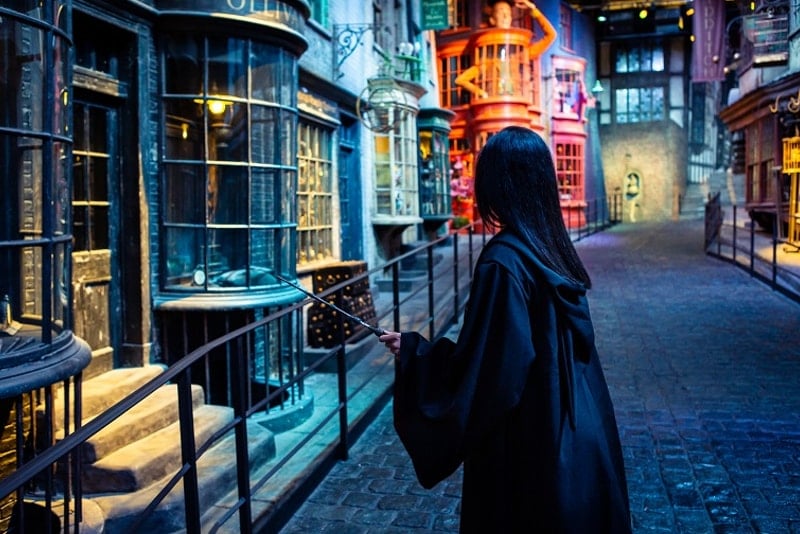
Literary tourism takes people into the world of imagination.
On the other hand, with classic literary works, the stories about the lives of writers are also topics of interest to the public. What kind of environment did they grow up in, where did their creative inspiration come from and how were they nurtured, and then they wanted to join the journey following in the footsteps of the author, which is also the journey where the stories were born.
Phuong Anh, currently living in Hanoi, has had the opportunity to visit many places associated with the flow of literature such as Denmark - the origin of Andersen's fairy tales or the Vatican in the novel Angels and Demons by writer Dan Brown.
“Going to literary places is an extremely interesting experience for me. It gives me the feeling of truly living in the stories and experiencing them in a completely new way, discovering and looking at the stories from a different angle than when just reading them in a book” - Phuong shared.

Characters visit the home of author Hans Christian Andersen.
Literary tourist destinations
This tourism trend is not surprising because the growth of the community of literature lovers is undeniable. The higher the demand, the more destinations and services are born to meet it.
England is one of the places that has witnessed the strongest growth of this tourism trend thanks to its rich and developed literature. From great writers and playwrights like William Shakespeare to the magical world of Harry Potter, or the mysterious cases of Sherlock Holmes, all have become "magnets" attracting fans.
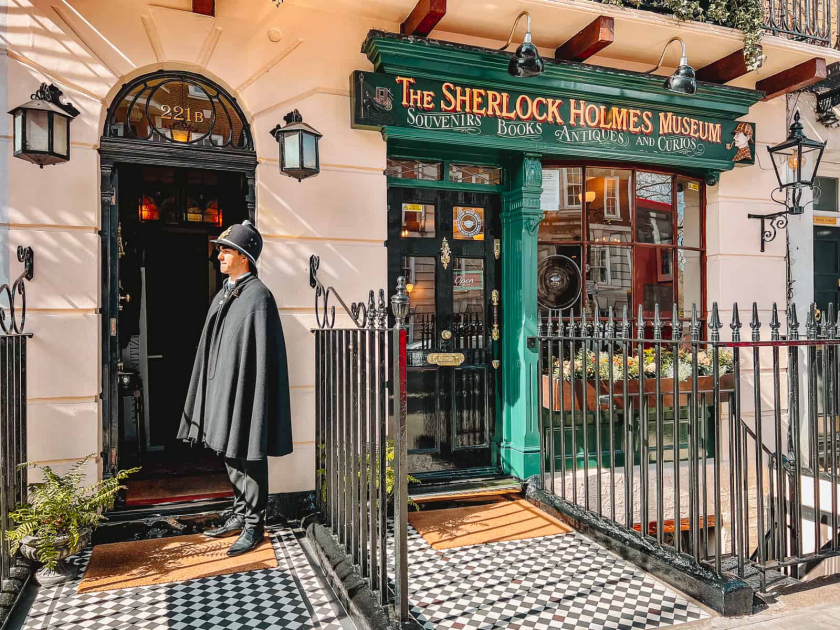
The house 221B Baker Street in the Sherlock Holmes series.
In London, 221B Baker Street - the house that appeared in Sir Arthur Conan Doyle's Sherlock Holmes novels and is now the Sherlock Holmes Museum - is still open to long lines of visitors every day. Meanwhile, according to statistics, Stratford-upon-Avon - Shakespeare's hometown - welcomes up to 3 million tourists every year. The local government focuses on promoting and developing tourism associated with the great writer's reputation, introducing the house where he was born, establishing museums, theaters, and many other tourist attractions.

Café Majestic - where JKRowling wrote part of the Harry Potter series.
Not only England, many names have also made an unforgettable mark in the literary tourism niche. Typically, we have Paris with the story of the Hunchback of Notre Dame, or Florence associated with the image of the doll Pinocchio. Another example is the city of Porto - Portugal. Although it is not the setting of the famous Harry Potter series, nor the hometown of writer JK Rowling, this city attracts many literary tourists because it is one of the places that inspired the first book about the wizarding world. Café Majestic - where JKRowling once sat to research and write, has become one of the most famous destinations in Porto.
A potential tourism trend
Literary tourism has been around since the 19th century, alongside other tourism trends, and is gaining more and more attention.
In recent years, the needs of the travel community are no longer limited to vacations, visiting famous monuments and checking in at world icons, but have gradually expanded in both breadth and depth. Many people seek out more “unique” and exotic locations, associated with a specific cultural value to satisfy their need to explore and expand their knowledge. That is an opportunity for small niches such as literary tourism to develop.
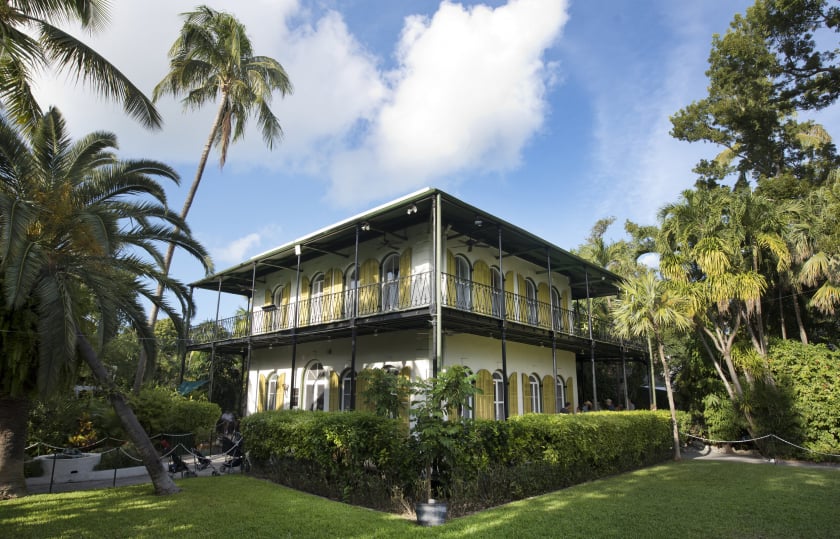
Writer Ernest Hemingway's home in Key West, Florida.
Literary tourism also gives many localities the opportunity to promote local tourism and create their own brand. In Key West, Florida, one of the most famous places is Ernest Hemingway's house from the 1930s, now restored as a tourist attraction combined with a museum. There, tourists can learn about the author and his classic works. In that way, Ernest Hemingway's name has contributed significantly to the development of the tourism system here.
In addition, the development of infrastructure, transportation systems, and the explosion of technology and services make it easier to look up information, book tours and accommodations than before. This is a special advantage for the literary tourism trend, on the one hand, it helps the public to have easier access to literary destinations that are not yet known to many people, and on the other hand, it also helps local authorities communicate more effectively to interested and passionate people.
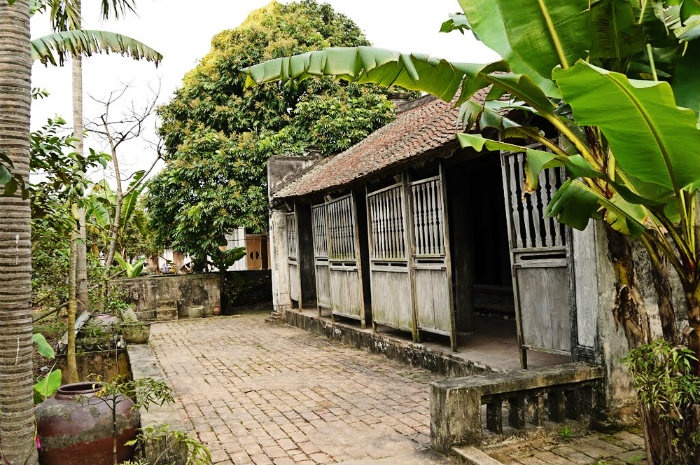
A corner of Vu Dai village in the work Chi Pheo.
In Vietnam, literary tourism has not yet become a trend but has been emerging in the community of book lovers. Vu Dai village in Ha Nam province - the setting for Nam Cao's Chi Pheo - is a typical example. However, the number of similar literary destinations is still not much. This may stem from the reading tastes and travel habits of Vietnamese people, from the fact that Vietnamese works still do not have the opportunity to reach foreign readers, or the story about the issue of preserving literary sites has not really been prioritized for development. However, with the growth of reading culture in communities of all ages in Vietnam, this is still considered a potential trend in the future if properly oriented and developed.






